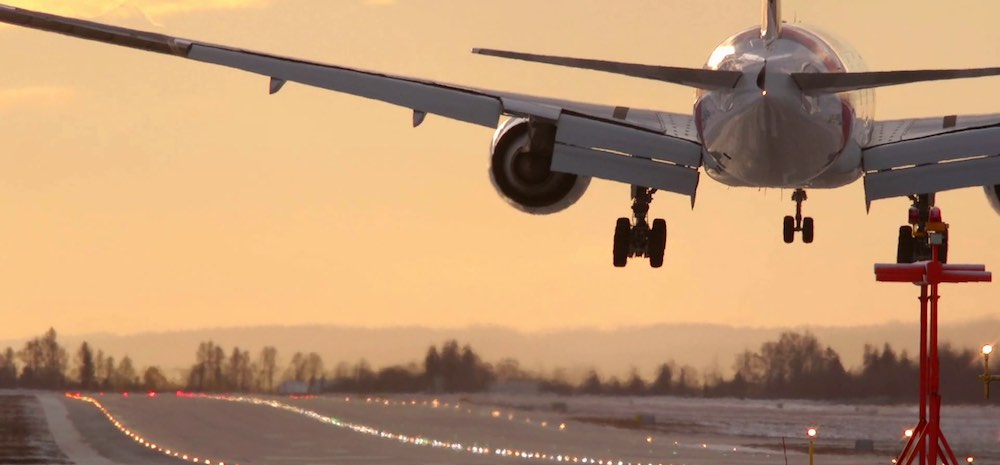Want In-Flight Connectivity? Get Ready To Shell Out 30% Of Your Airfare!
Though the in-flight connectivity has received a green signal, most people won't pay extra to get internet in flight.

Recently some telecom operators had opposed the TRAI’s recommendations of creating a separate license for offering in-flight connectivity, saying that telecom operators are the best placed to provide such services.
Airlines have considered the option to introduce in-flight connectivity following a TRAI order to permit in-flight voice and data connectivity. The move would help airlines to add value to their services for travellers on domestic and international routes.
In-Flight Connectivity Will Come At A Premium: Up To 30% Of Your Airfare
TRAI recommended In-Flight Connectivity (IFC) last week, where the authority recommends that both, Internet and Mobile Communication on Aircraft (MCA) service will be permitted as In-Flight Connectivity (IFC) in the Indian airspace.
TRAI added that the Internet Services should be made available through Wi-Fi onboard and only on electronic devices permitted to use only on ‘Airplane Mode’.
Soon, the days of no-internet-on-flight would be over as TRAI has recommended in-flight internet connectivity. But you may have to shell out around an extra 30% of your fare to avail these services.
The in-flight net connectivity would cost around Rs. 500 to Rs. 1,000 for thirty minutes to an hour. The cost would be decided as per the international standards, taking into account the charges levied by the service providers for slots on the satellites.
Telecom Operators Oppose Separate Category
Telecom Operators have strongly opposed the move of adding a separate category of IFC service provider.
As per the Cellular Operators Association of India (COAI), the in-flight connectivity (IFC) should only be allowed over licensed spectrum, or the bandwidth which is presently being used for telecom services, and opposed the regulator’s suggestions to use airwaves from satellite services.
There are two ways in which in-flight connectivity can be offered;
- From the Telecom Towers on the ground
- From Geostationary Satellites
Wi-Fi in an aeroplane is largely similar to how wireless internet is delivered on the ground. Airplanes use many of the same towers and satellites that deliver internet to our smartphones. Airplanes can either connect to towers on the ground, or to satellites, or to both. The flights have routers on board, which transmit WiFi.
Some airlines allow passengers to use Wi-Fi free of cost for services which may not need much bandwidth. Lufthansa, Emirates, British Airways and Delta are among such airlines which offer such service on international routes for free.
Government’s Green Signal
The Department of Telecom (DoT) has given the green signal to TRAI’s latest recommendations on introducing voice, data and video services over Indian airspace for all domestic, international and overflying flights.
At present, globally more than 30 airlines permit voice calls and internet access in flights. DoT also added that there should not be any difference in the charges to be levied for the internet services on domestic and foreign airlines in Indian airspace.
The airlines and service providers should review the order to check the feasibility of providing the internet facility on domestic flights. The cost and demand will be a huge factor. Airlines will have to install antennas on flights based on how the in-flight routers will receive and send the signals, either from mobile towers on the ground or over the satellites.
As per a few Airlines, except for a handful of business travellers, there aren’t any takers for in-flight connectivity, even on the international routes. While it may be handy on long-haul flights, hardly anyone will pay an extra amount over the fare for in-flight connectivity.
In-flight connectivity will definitely not be a viable option for low-cost carriers, taking into account the high cost.
